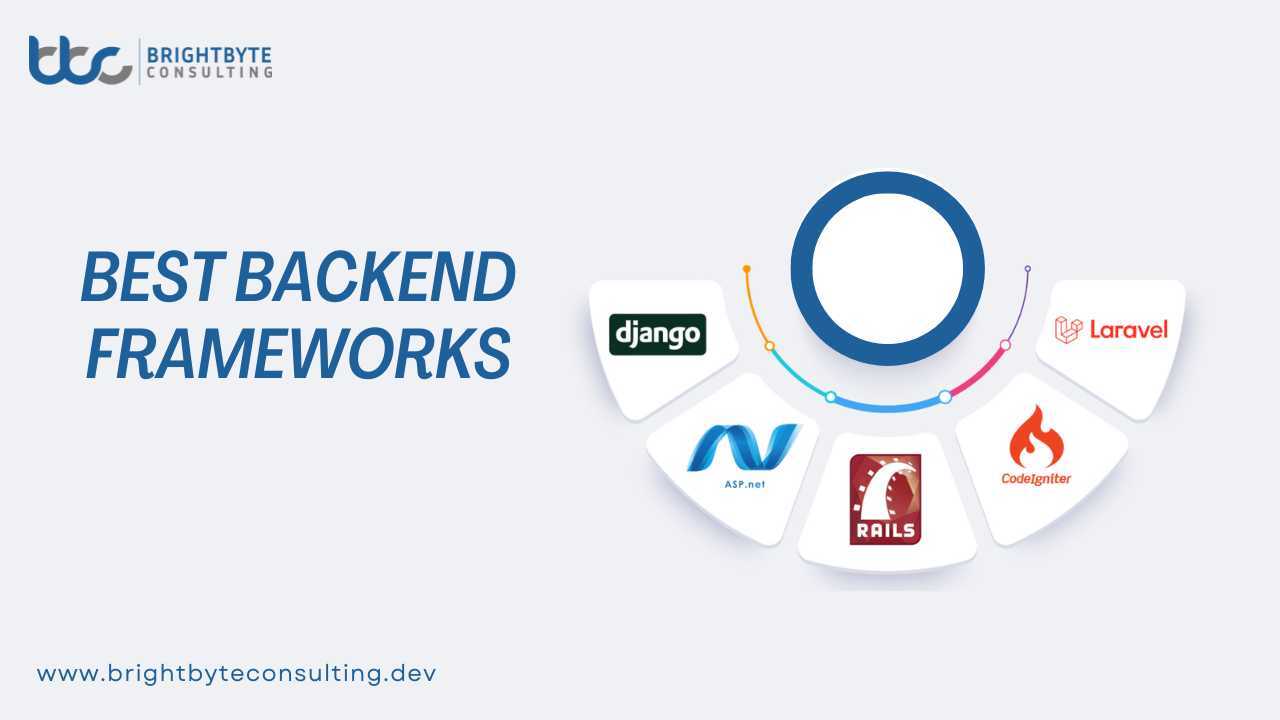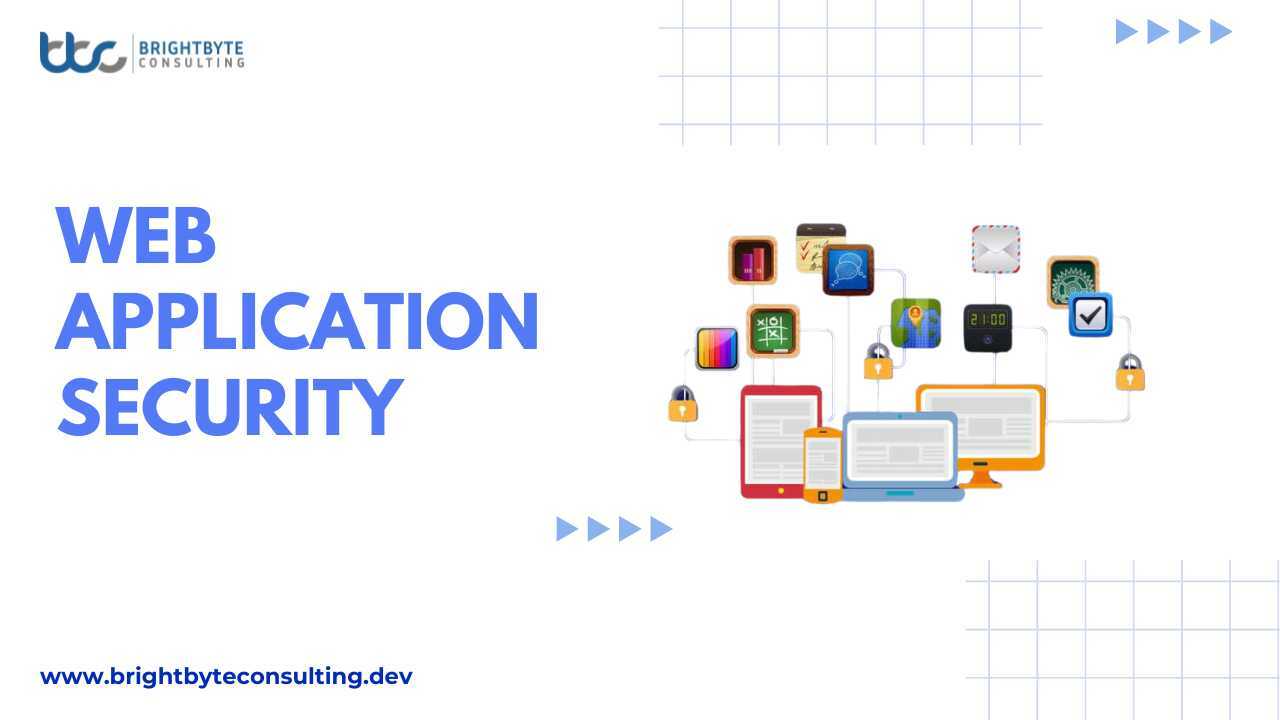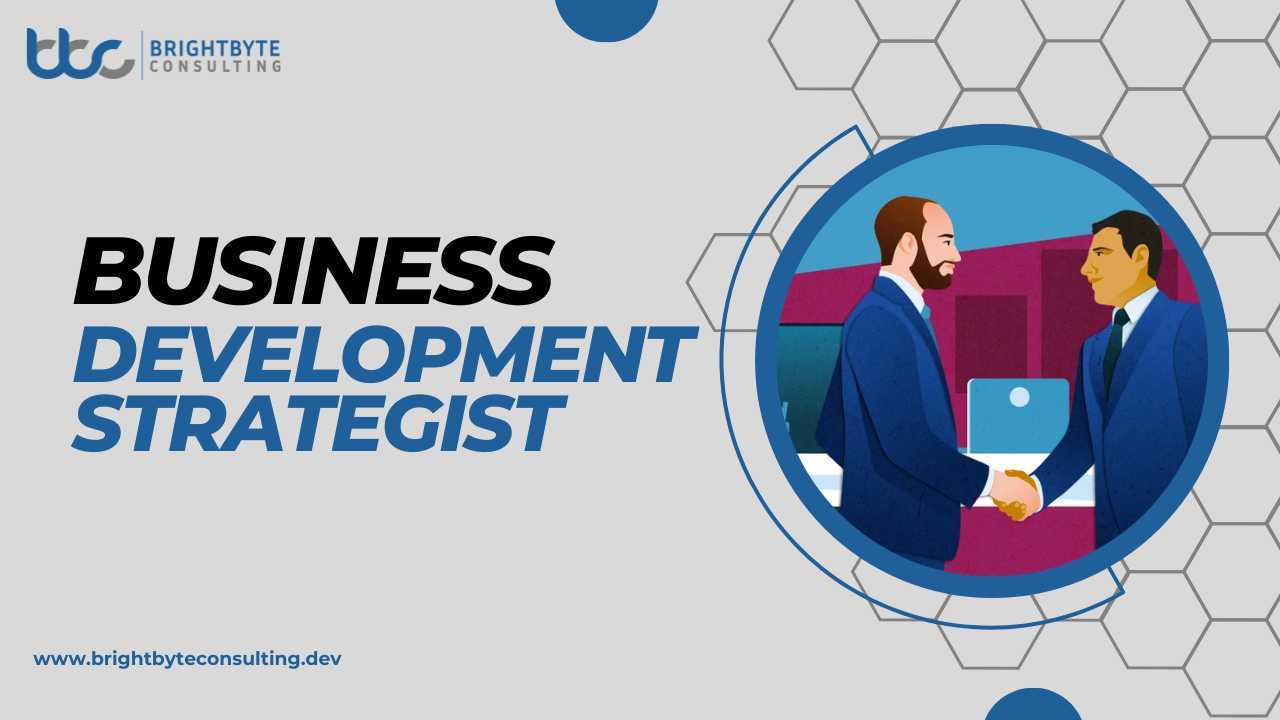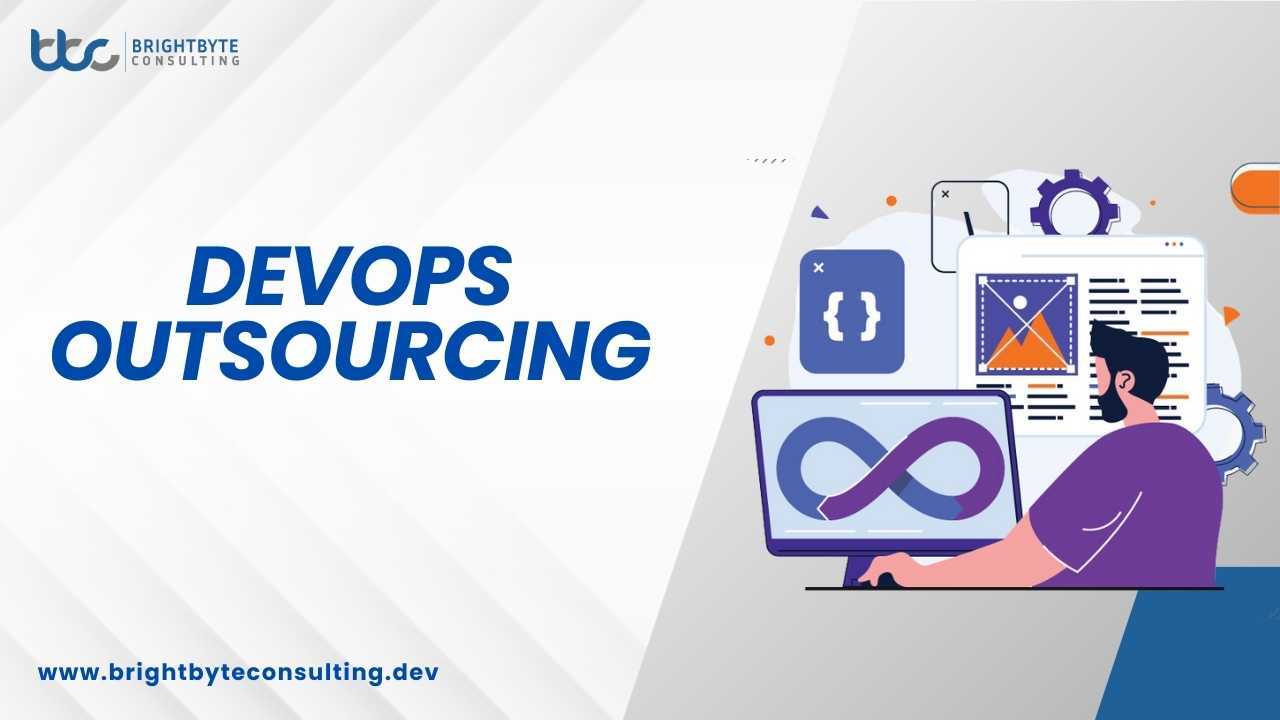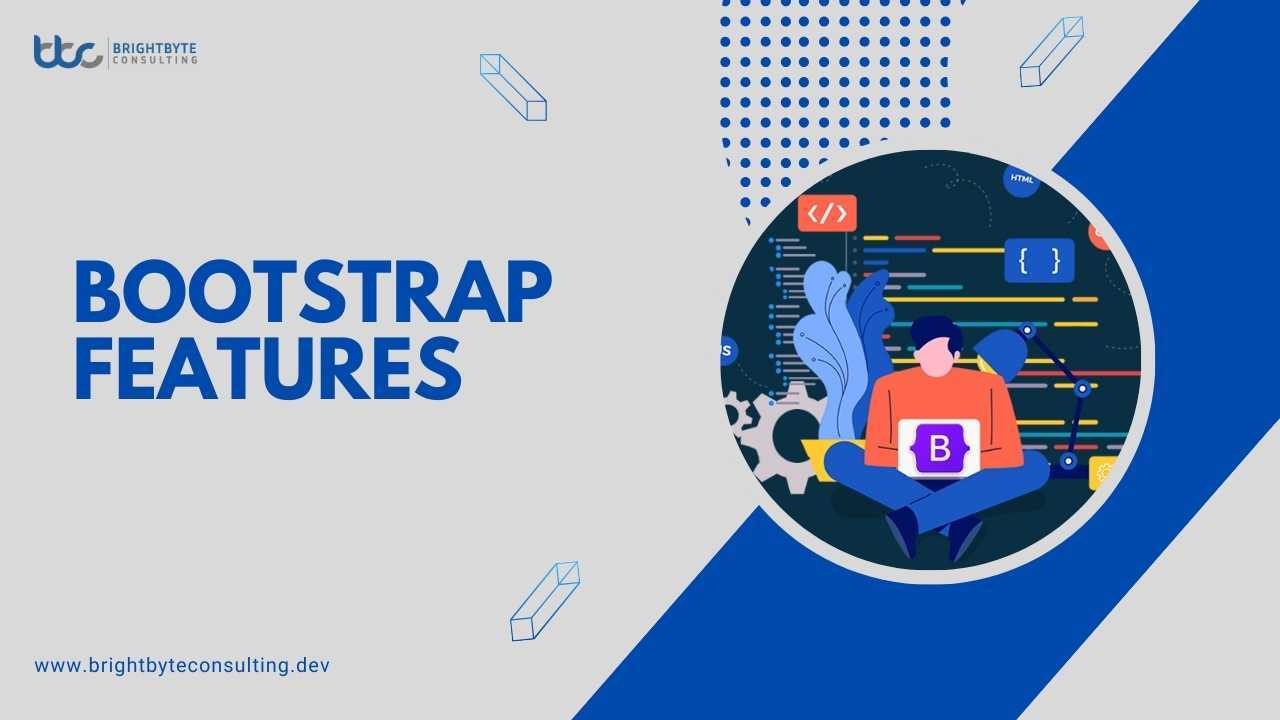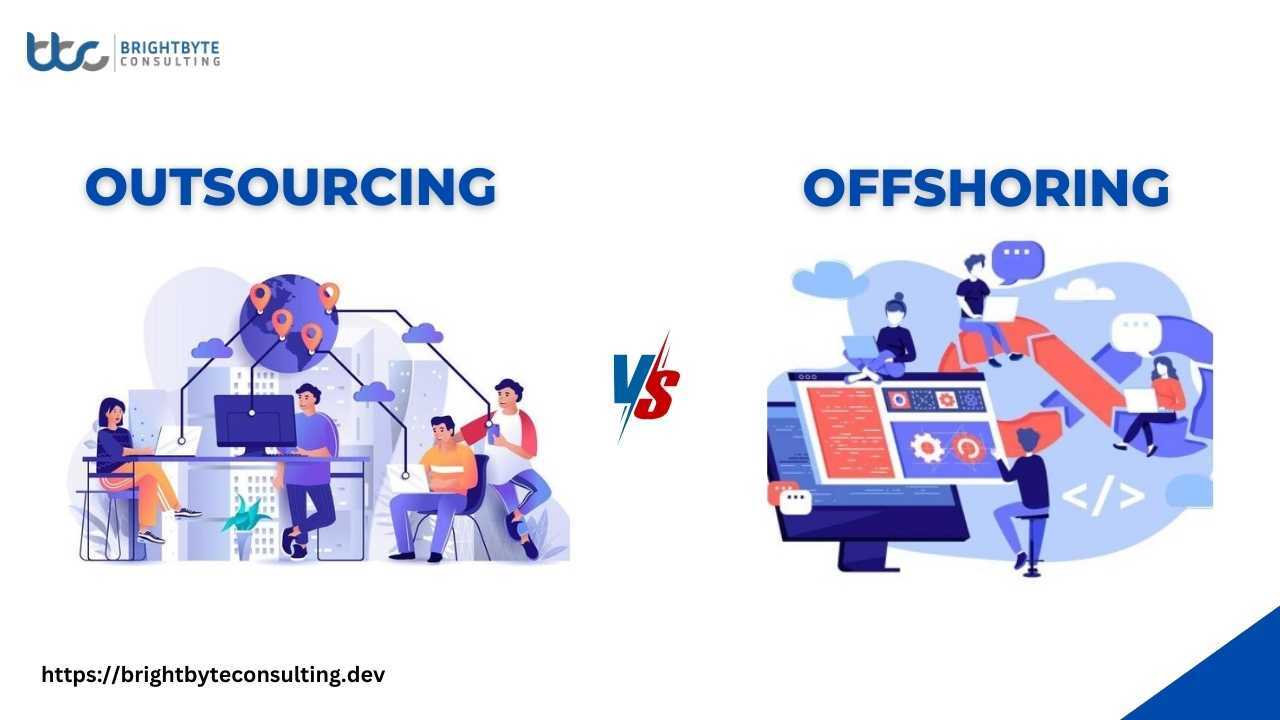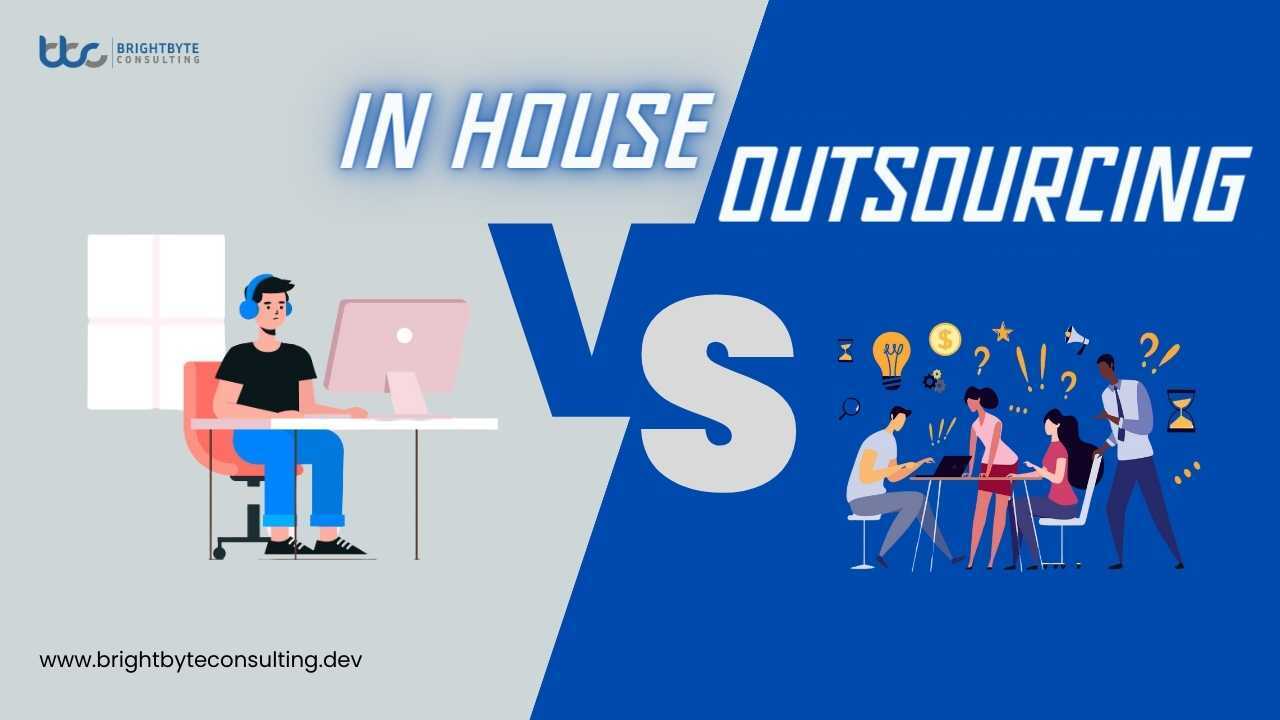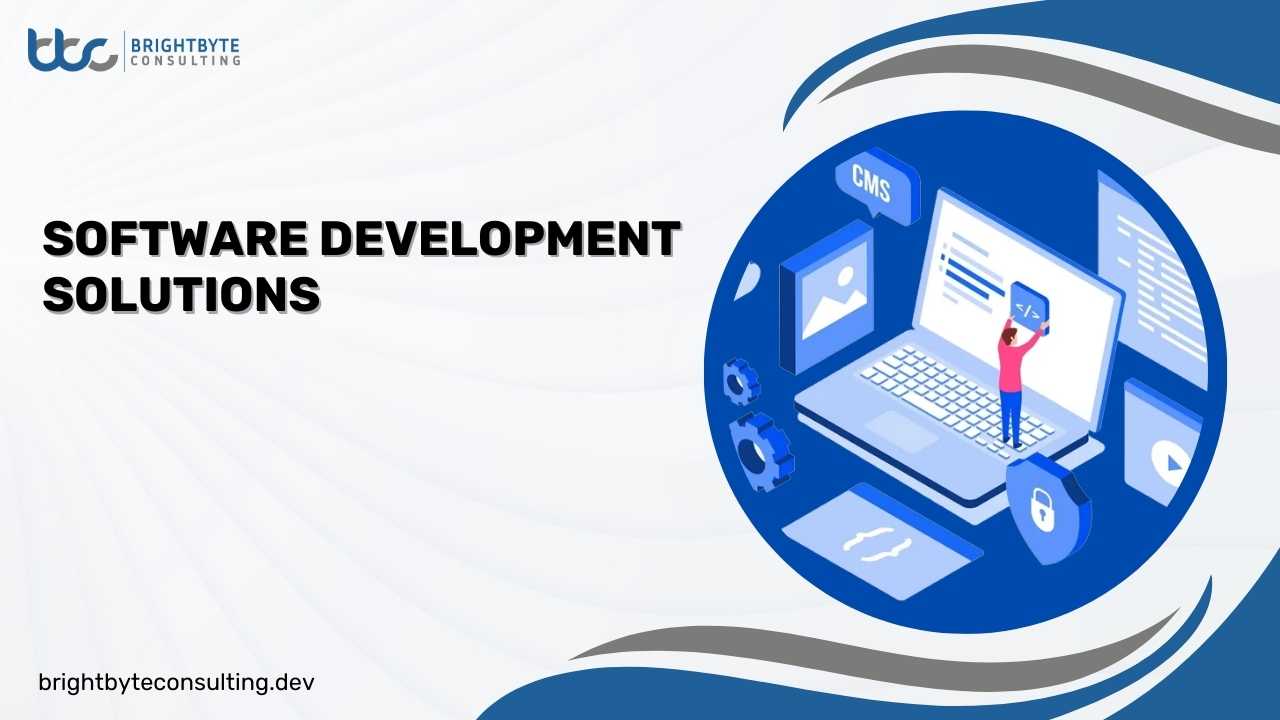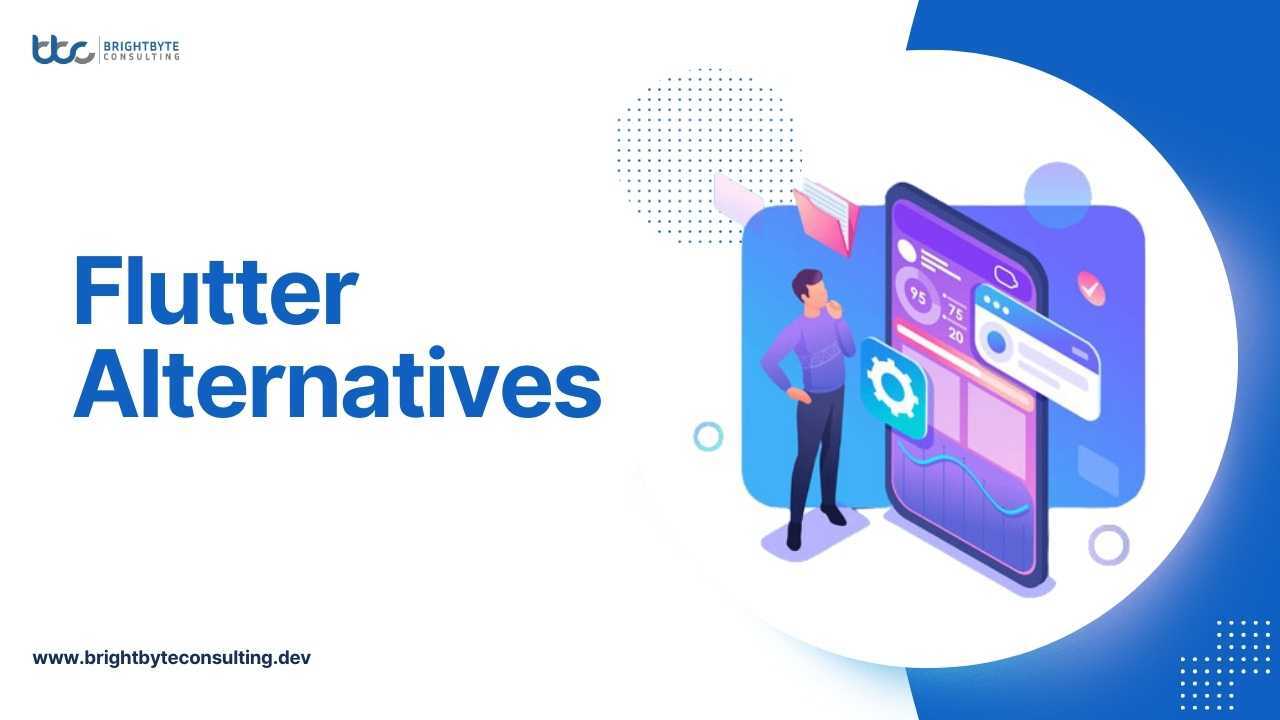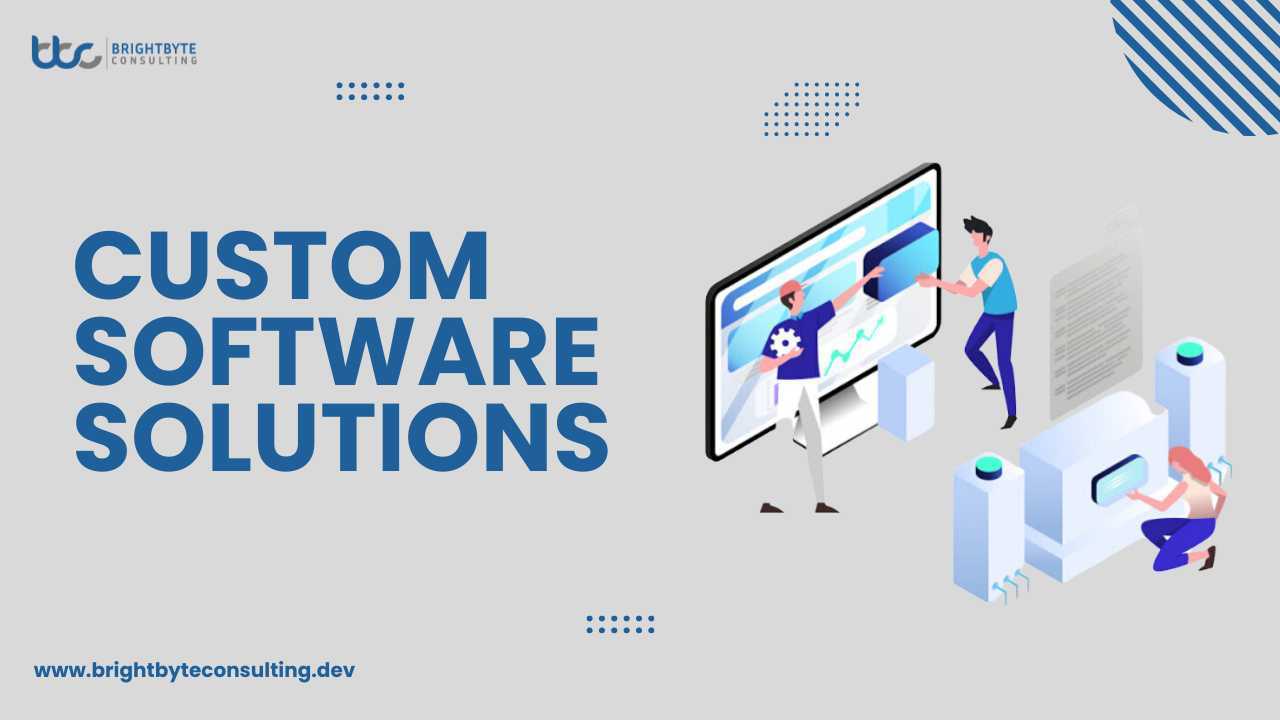In the captivating world of web development, user interfaces reign supreme. We’re mesmerized by sleek designs, intuitive functionalities, and engaging content. But what powers these captivating experiences? Behind the curtain, a silent orchestra plays a vital role: the best backend frameworks. As the unsung heroes of web development, they provide the foundation upon which all the user-facing magic rests.
What is meant by the Best Backend Frameworks?
Envision a luxurious palace. You are in wonder of its elaborate architecture, luxurious furnishings, and broad gardens. But beneath the surface is where the real wonder is. The palace is solidly supported by a web of hidden chambers, support beams, and sturdy foundations. The best backend frameworks serve a similar purpose in the digital realm.
Websites and applications may appear flashy and user-friendly on the surface, but the real power lies behind the scenes. The best backend frameworks are software tools that provide developers with a pre-built structure for crafting the server-side logic of an application. They handle crucial tasks like:
Database Interactions
Seamlessly connecting with databases to store, retrieve, and manipulate data. Imagine a giant library where the framework efficiently manages information retrieval and organization.
User Authentication
Ensuring only authorized users can access specific features and data. Picture a security guard at the palace gates, verifying credentials for entry.
Security Measures
Implementing robust security protocols to protect user data and prevent unauthorized access. This is like having a high-tech security system safeguarding the palace’s valuables.
Communication Management
Facilitating communication between the user’s web browser (frontend) and the server. Think of it as a dedicated messenger relaying requests and responses between the user and the application’s core.
How Best Backend Frameworks Work
The best backend frameworks operate like a well-oiled machine, streamlining the development process. Here’s a detailed breakdown of their operation:
User Interaction
A user interacts with a website or application’s frontend (e.g., clicking a button, submitting a form).
Data Transmission
The user’s request, along with any relevant data (like login credentials or form data), is sent to the server.
Backend Framework in Action
The backend framework receives the request and springs into action. It utilizes its built-in functionalities to:
- Parse the Request: Analyze the request to understand what the user is trying to achieve.
- Interact with the Database: If necessary, the framework retrieves or stores data from the database, ensuring seamless interaction with the information storage system.
- Process Information: The framework performs any required calculations, validations, or logic operations based on the user’s request and retrieved data.
Dynamic Response Generation
Based on the processed information, the framework generates a response tailored to the user’s request. This might involve creating a new page, updating existing content, or sending back confirmation messages.
Delivery to Frontend
The generated response is transmitted back to the user’s web browser.
Frontend Update
The user’s web browser receives the response and updates the website or application accordingly, reflecting the user’s actions and the framework’s processing.
How Do You Choose the Best Backend Framework?
With a vast array of the best backend frameworks available, selecting the ideal one can feel overwhelming. Here are crucial factors to consider when making this critical decision:
Project Requirements
The complexity of your project plays a significant role. A simple blog might thrive with a lightweight framework, while a complex e-commerce platform might require a more robust solution.
Programming Language
Many frameworks are designed for specific programming languages like Python (Django) or PHP (Laravel). Opt for a framework compatible with the language your development team is proficient in. A comfortable language translates to faster development and efficient code maintenance.
Performance and Scalability
Consider the anticipated traffic and potential growth of your application. The chosen framework should deliver exceptional performance while efficiently scaling its capabilities as your user base expands.
Developer Community and Support
A vibrant and active developer community surrounding a framework provides invaluable resources like tutorials, documentation, and assistance when you encounter challenges. A strong support system can significantly accelerate the development process and troubleshoot any roadblocks.
Popular and Best Backend Frameworks
The world of web development undeniably depends on the best backend frameworks. These powerful tools provide developers with a solid foundation to build the server-side logic of applications. But with a vast array of options available, choosing the right framework can be a daunting task. Let’s delve into some of the most popular contenders, exploring their strengths and weaknesses to guide your selection process:
1. Django (Python)
A high-level Python framework renowned for its rapid development features, clean syntax, and extensive security measures. Django empowers developers to create complex applications efficiently.
Pros
- Streamlined coding process with built-in functionalities for common tasks.
- Easy-to-understand code structure simplifies maintenance and collaboration.
- Robust security features minimize vulnerabilities and development time spent on security aspects.
Cons
- Structure might offer less flexibility for highly customized projects requiring significant alterations.
2. Laravel (PHP)
A feature-rich PHP framework specifically designed to handle the demands of complex web applications. Laravel offers a robust set of tools, a strong focus on security, and a vibrant developer community.
Pros
- Well-equipped to manage intricate application logic and functionalities.
- Prioritizes secure development practices with built-in features and security best practices.
- Extensive ecosystem of packages, tutorials, and a vast developer community for assistance.
Cons
- Understanding Laravel’s structure and functionalities might require more time and effort compared to beginner-friendly frameworks.
- Extensive customization might necessitate a more experienced development team.
3. Spring Boot (Java)
A robust Java framework is ideal for building enterprise-level applications. Spring Boot shines with its exceptional scalability and modular design, allowing developers to construct applications that grow efficiently alongside user bases.
Pros
- Scales effectively to accommodate increasing traffic and application demands.
- Modular architecture simplifies maintenance and updates by focusing on independent components.
- Suitable for building large-scale applications with complex requirements.
Cons
- Setting up a Spring Boot project can be more involved compared to simpler frameworks.
- Understanding Spring Boot’s underlying architecture might require a deeper knowledge of Java concepts.
4. Ruby on Rails (Ruby)
A beloved framework known for its developer-friendly syntax, rapid prototyping capabilities, and convention over configuration approach. Ruby on Rails is a popular choice for getting ideas off the ground quickly and efficiently.
Pros
- Straightforward syntax lowers the barrier to entry for beginner developers.
- Enables swift creation of functional prototypes to validate concepts and iterate quickly.
- The convention over configuration approach reduces boilerplate code, streamlining project setup.
Cons
- The pool of Ruby developers might be smaller compared to other languages, potentially impacting hiring options.
- While suitable for many projects, scalability for extremely high-traffic applications might require additional considerations.
5. Express.js (JavaScript)
A lightweight and flexible JavaScript framework is well-suited for building modern APIs and real-time applications. Express.js provides a foundation for developers to craft custom solutions tailored to specific project needs.
Pros
- Lightweight framework offering a foundation for developers to create custom solutions.
- Well-suited for building modern APIs and real-time applications that require constant data updates.
- Ideal for developers already comfortable with JavaScript concepts and the Node.js environment.
Cons
- Optimal utilization hinges on a solid understanding of JavaScript and Node.js.
- The flexibility might necessitate more development effort compared to frameworks with pre-built functionalities.
Beyond the A-List
The aforementioned frameworks represent a mere glimpse into the vast landscape of the best backend frameworks. Numerous other options cater to diverse project needs and developer preferences. Here are some additional noteworthy contenders:
- ASP.NET Core (C#): A powerful framework from Microsoft, ideal for building web applications on Windows platforms.
- Flask (Python): A lightweight and versatile framework offering flexibility for various project types in Python.
- NestJS (JavaScript): A framework built on top of Express.js, specifically designed for building scalable and maintainable server-side applications in JavaScript.
- Phoenix (Elixir): A framework gaining traction for its focus on fault tolerance, scalability, and real-time functionalities.
What Can We Do For You?
At BBC, we excel in back-end development, providing tailored solutions to meet your business objectives. Our experienced team leverages cutting-edge technologies and industry best practices to build robust and scalable back-end systems. From designing database architectures to implementing complex business logic, we ensure that your back-end infrastructure is optimized for performance, security, and reliability.
Conclusion
The world of web development relies heavily on the best backend frameworks, the unsung heroes that provide the foundation for applications. Choosing the right framework depends on your project’s complexity, programming language preference, scalability needs, and desired level of community support. By understanding the functionalities of popular frameworks like Django, Laravel, Spring Boot, Ruby on Rails, and Express.js, you can make an informed decision that empowers your development team to build exceptional applications.
FAQs
What are the benefits of using the best backend framework?
Backend frameworks offer faster development, improved code readability, robust security features, and access to a supportive community.
What factors should I consider when choosing a backend framework?
Project complexity, programming language preference, performance and scalability needs, and desired level of community support are crucial factors.
Is there a “best” backend framework?
There’s no single “best” framework. The ideal choice depends on your specific project requirements and development team expertise.
Can I learn backend development without knowing a programming language?
While some basic understanding is helpful, many resources can teach backend development alongside a programming language.
What are some resources for learning more about backend frameworks?
The official documentation for each framework is a great starting point. Additionally, online tutorials, courses, and developer communities offer valuable resources.

